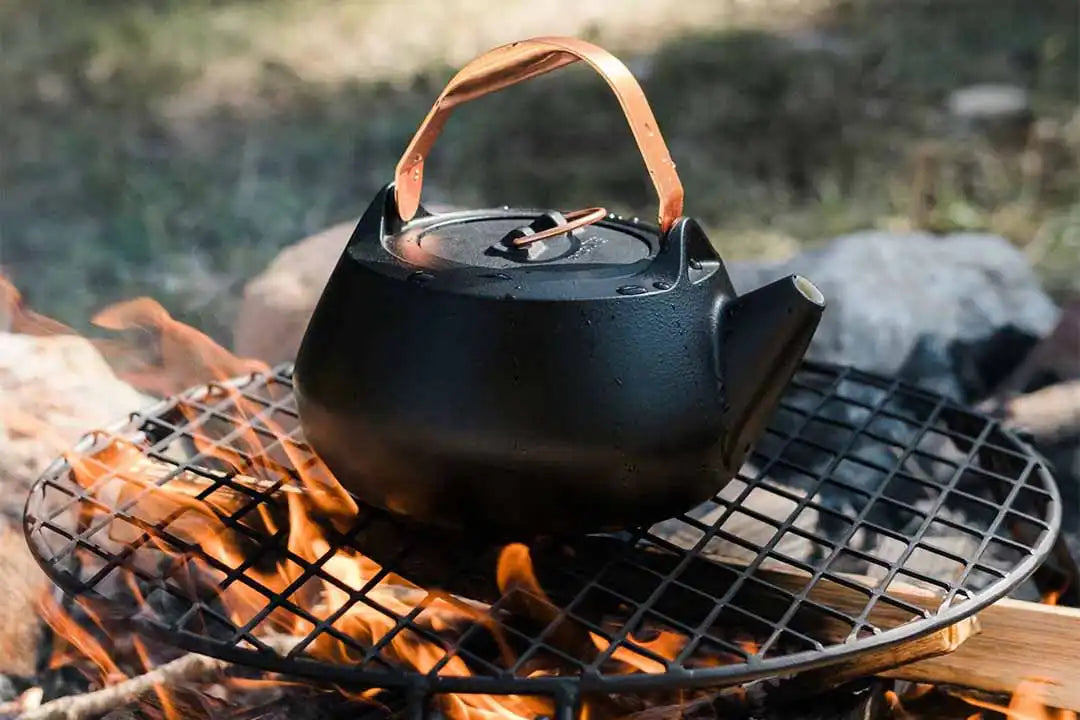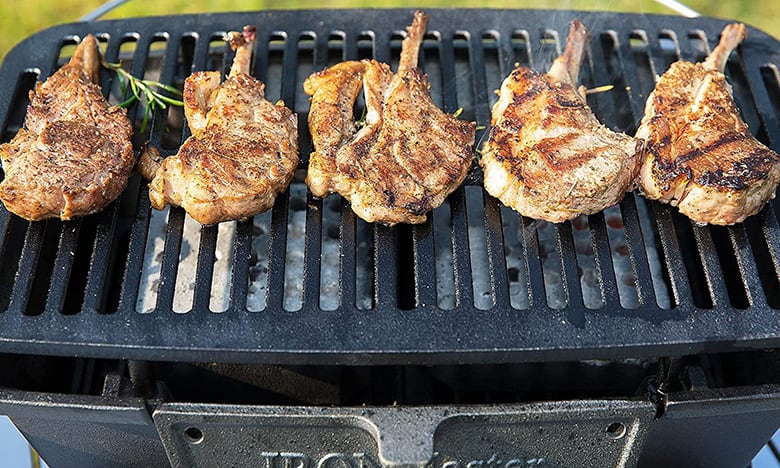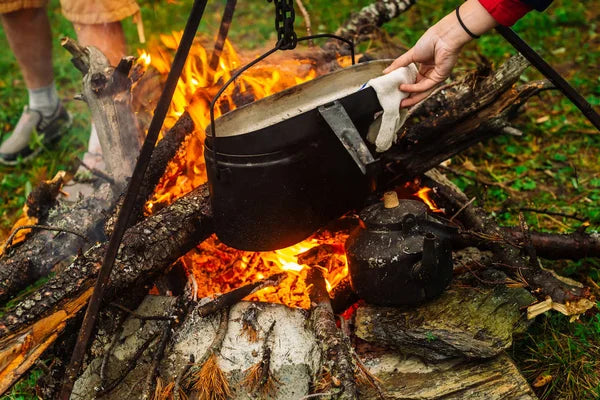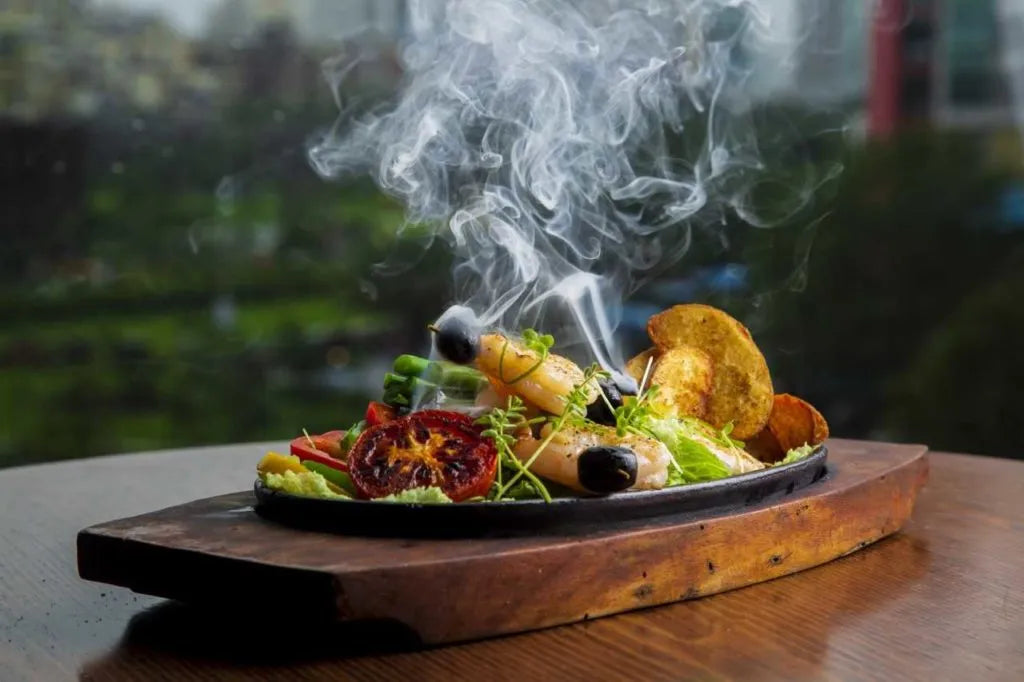For kitchen professionals aiming to master the art of making takoyaki, a popular Japanese street food, it often comes down to technique and precision. Achieving the perfect blend of crispy exterior and fluffy interior in these delectable octopus balls requires skill, practice, and a few expert insights. This article delves into some expert tips for cooking perfect takoyaki every time, ensuring that your takoyaki not only meets but exceeds expectations.

Understanding the Basics of Takoyaki
Before jumping into the expert tips, it's crucial to understand what makes takoyaki unique. Takoyaki originated from Osaka and is made using a special 'takoyaki pan'. To achieve the best results, understanding the history of takoyaki and the evolution of its pan can provide valuable context. The pan plays a significant role in ensuring even cooking and the iconic round shape.
Choosing the Right Ingredients
Ingredients are the heart of any dish, and takoyaki is no exception. For the octopus filling, choosing fresh and high-quality octopus is paramount for authentic flavor. Additionally, the batter should be light yet flavorful, often made with a dashi-based stock, all-purpose flour, and eggs. Incorporating tempura scraps, green onions, and pickled ginger can enhance the texture and taste significantly.
The Art of Using a Takoyaki Pan
Mastering the takoyaki pan is where professionals can truly excel. Whether using a cast iron or electric version, ensuring the pan is heated evenly is key. Consider reading about the differences between aebleskiver and takoyaki pans for more insights. Properly oil each cavity to prevent sticking and use skewers to skillfully turn each ball for an even cook, which gives each piece its perfect shape and texture.
Mastering Cooking Techniques
Timing and temperature control are crucial for takoyaki. Ensure the pan is adequately preheated, and the batter is swiftly poured to fill each mold. Turn your takoyaki regularly using chopsticks or bamboo sticks to make sure all sides are cooked evenly. Professionals often perform this maneuver several times to achieve an even golden-brown finish.
Garnishing and Serving
Takoyaki's appeal isn't only in its flavor but also its presentation. Once cooked, garnish your takoyaki with a drizzle of takoyaki sauce and Japanese mayonnaise. Sprinkled with bonito flakes and aonori seaweed, they create a visual and aromatic experience. For an extra element of flavor and tradition, learn from this list of must-try recipes.
Maintenance of Your Takoyaki Equipment
To repeatedly achieve perfection, proper maintenance of your takoyaki pan is crucial. Regular cleaning prevents sticking and extends the lifespan of the pan. Refer to the cleaning and maintenance guide for best practices.
Experimentation Leads to Mastery
Finally, never underestimate the power of experimentation. While traditional takoyaki is beloved, experimenting with fillings or sauces will allow kitchen professionals to create unique takoyaki variations. For those interested, exploring further cooking methods, like the cowboy grill cooking techniques, might also expand culinary horizons.

FAQ
What is the best technique for flipping takoyaki?
Using chopsticks or bamboo skewers for flipping ensures even cooking. Lift the partially cooked ball, then rotate it to allow the uncooked batter to flow down and round out the shape.
How do I prevent takoyaki from sticking to the pan?
Ensure your pan is well-oiled and preheated. Regularly turning the balls will also keep them from sticking.
Can takoyaki be made without dashi in the batter?
Yes, you can substitute dashi with chicken or vegetable stock, but expect a change in flavor profile. Dashi is recommended for its authentic umami taste.
This article contains affiliate links. We may earn a commission at no extra cost to you.






Leave a comment
This site is protected by hCaptcha and the hCaptcha Privacy Policy and Terms of Service apply.